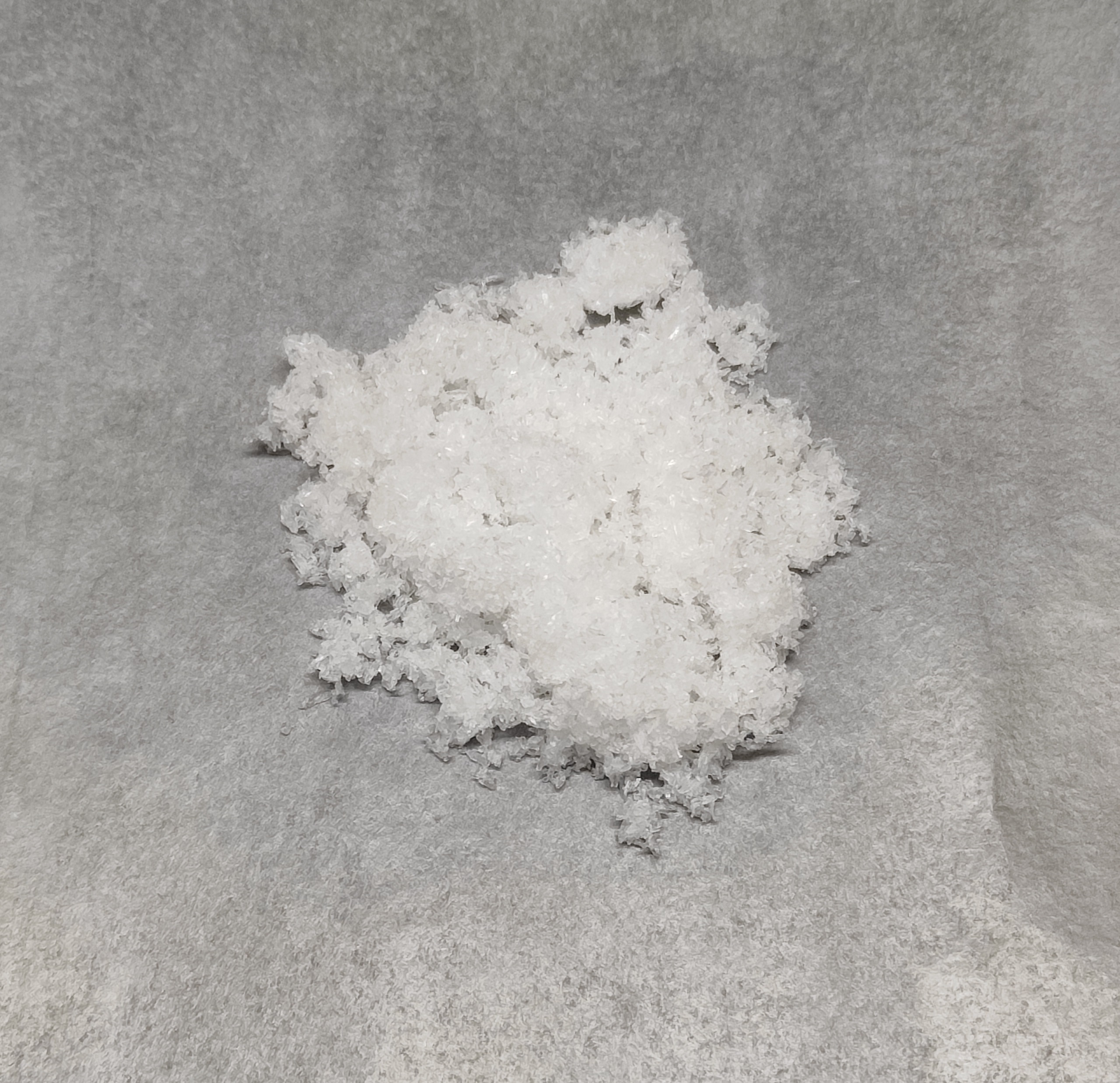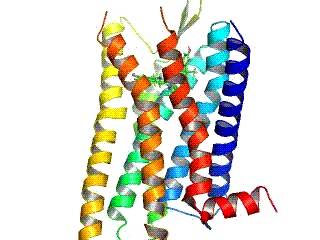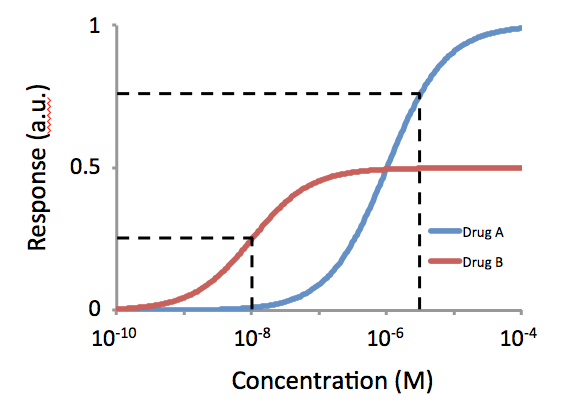|
Norketamine
Norketamine, or ''N''-desmethylketamine, is the major active metabolite of ketamine, which is formed mainly by CYP3A4. Similarly to ketamine, norketamine acts as a noncompetitive NMDA receptor antagonist, but is about 3–5 times less potent as an anesthetic in comparison. Pharmacology Pharmacodynamics Similarly to ketamine, norketamine acts as a noncompetitive NMDA receptor antagonist (Ki = 1.7μM and 13μM for (''S'')-(+)-norketamine and (''R'')-(–)-norketamine, respectively). Also, similarly again to ketamine, norketamine binds to the μ- and κ-opioid receptors. Relative to ketamine, norketamine is much more potent as an antagonist of the α7-nicotinic acetylcholine receptor, and produces rapid antidepressant effects in animal models which have been reported to correlate with its activity at this receptor. However, norketamine is about 1/5 as potent as ketamine as an antidepressant in mice as per the forced swim test, and this seems also to be in accordance with i ... [...More Info...] [...Related Items...] OR: [Wikipedia] [Google] [Baidu] |
Hydroxynorketamine
Hydroxynorketamine (HNK), or 6-hydroxynorketamine, is a minor metabolite of the anesthetic, dissociative, and antidepressant drug ketamine. It is formed by hydroxylation of the intermediate norketamine, another metabolite of ketamine. As of late 2019, (2''R'',6''R'')-HNK is in clinical trials for the treatment of depression. The major metabolite of ketamine is norketamine (80%). Norketamine is secondarily converted into 4-, 5-, and 6-hydroxynorketamines (15%), mainly HNK (6-hydroxynorketamine). Ketamine is also transformed into hydroxyketamine (5%). As such, bioactivated HNK comprises less than 15% of a dose of ketamine. Pharmacology In contrast to ketamine and norketamine, HNK is inactive as an anesthetic and psychostimulant. In accordance, it has only very weak affinity for the NMDA receptor (Ki = 21.19 μM and > 100 μM for (2''S'',6''S'')-HNK and (2''R'',6''R'')-HNK, respectively). However, HNK does still show biological activity, having been found to act as a potent and s ... [...More Info...] [...Related Items...] OR: [Wikipedia] [Google] [Baidu] |
Ketamine
Ketamine is a cyclohexanone-derived general anesthetic and NMDA receptor antagonist with analgesic and hallucinogenic properties, used medically for anesthesia, depression, and pain management. Ketamine exists as its S- (esketamine) and R- (arketamine) two enantiomers and has antidepressant action likely involving additional mechanisms than NMDA antagonism. At anesthetic doses, ketamine induces a state of dissociative anesthesia, a trance-like state providing pain relief, sedation, and amnesia. Its distinguishing features as an anesthestic are preserved breathing and airway reflexes, stimulated heart function with increased blood pressure, and moderate bronchodilation. As an anesthetic, it is used especially in trauma, Emergency medical services, emergency, and Pediatrics, pediatric cases. At lower, sub-anesthetic doses, it is used as a treatment for pain and treatment-resistant depression. Ketamine is legally used in medicine but is also tightly controlled due to ... [...More Info...] [...Related Items...] OR: [Wikipedia] [Google] [Baidu] |
α7-nicotinic Acetylcholine Receptor
The alpha-7 nicotinic receptor, also known as the α7 receptor, is a type of nicotinic acetylcholine receptor implicated in long-term memory, consisting entirely of α7 subunits. As with other nicotinic acetylcholine receptors, functional α7 receptors are pentameric stoichiometry.html" ;"title=".e., (α7)5 stoichiometry">.e., (α7)5 stoichiometry It is located in the brain, spleen, and lymphocytes of lymph nodes where activation yields Excitatory postsynaptic potential, post- and excitatory presynaptic potential, presynaptic excitation, mainly by increased Ca2+ permeability. Further, recent work has implicated this receptor as being important for generation of adult mammal neurons in the retina. Functional α7 receptors are present in the submucous plexus The submucosal plexus (Meissner's plexus, plexus of the submucosa, plexus submucosus) lies in the submucosa of the intestinal wall. The nerves of this plexus are derived from the myenteric plexus which itself is deri ... [...More Info...] [...Related Items...] OR: [Wikipedia] [Google] [Baidu] |
μ-opioid Receptor
The μ-opioid receptors (MOR) are a class of opioid receptors with a high affinity for enkephalins and beta-endorphin, but a low affinity for dynorphins. They are also referred to as μ(''mu'')-opioid peptide (MOP) receptors. The prototypical μ-opioid receptor agonist is morphine, the primary psychoactive alkaloid in opium and for which the receptor was named, with Mu (letter), mu being the first letter of Morpheus, the compound's namesake in the original Greek. It is an inhibitory G-protein coupled receptor that activates the Gi alpha subunit, Gi alpha subunit, inhibiting adenylate cyclase activity, lowering Cyclic adenosine monophosphate, cAMP levels. Structure The structure of the inactive μ-opioid receptor has been determined with the antagonists Beta-Funaltrexamine, β-FNA and alvimopan. Many structures of the active state are also available, with agonists including DAMGO, Β-Endorphin, β-endorphin, fentanyl and morphine. The structure with the agonist BU72 has the h ... [...More Info...] [...Related Items...] OR: [Wikipedia] [Google] [Baidu] |
Hydrochloride
In chemistry, a hydrochloride is an acid salt resulting, or regarded as resulting, from the reaction of hydrochloric acid with an organic base (e.g. an amine). An alternative name is chlorhydrate, which comes from French. An archaic alternative name is muriate, derived from hydrochloric acid's ancient name: muriatic acid. Uses Converting amines into their hydrochlorides is a common way to improve their water solubility, which can be desirable for substances used in medications. The European Pharmacopoeia lists more than 200 hydrochlorides as active ingredients in medications. These hydrochlorides, compared to free bases, may more readily dissolve in the gastrointestinal tract and be absorbed into the bloodstream more quickly. Additionally, many hydrochlorides of amines have a longer shelf-life than their respective free bases. Amine hydrochlorides represent latent forms of a more reactive free base. In this regard, formation of an amine hydrochloride confers protection ... [...More Info...] [...Related Items...] OR: [Wikipedia] [Google] [Baidu] |
Opioid Receptor
Opioid receptors are a group of inhibitory G protein-coupled receptors with opioids as ligands. The endogenous opioids are dynorphins, enkephalins, endorphins, endomorphins and nociceptin. The opioid receptors are ~40% identical to somatostatin receptors (SSTRs). Opioid receptors are distributed widely in the brain, in the spinal cord, on peripheral neurons, and digestive tract. Discovery By the mid-1960s, it had become apparent from pharmacologic studies that opioids were likely to exert their actions at specific receptor sites, and that there were likely to be multiple such sites. Early studies had indicated that opiates appeared to accumulate in the brain. The receptors were first identified as specific molecules through the use of binding studies, in which opiates that had been labeled with radioisotopes were found to bind to brain membrane homogenates. The first such study was published in 1971, using 3H- levorphanol. In 1973, Candace Pert and Solomon H. Snyder publi ... [...More Info...] [...Related Items...] OR: [Wikipedia] [Google] [Baidu] |
Potency (pharmacology)
In pharmacology, potency or biological potency is a measure of a drug's biological activity expressed in terms of the dose required to produce a pharmacological effect of given intensity. A highly potent drug (e.g., fentanyl, clonazepam, risperidone, benperidol, bumetanide) evokes a given response at low concentrations, while a drug of lower potency (e.g. morphine, alprazolam, ziprasidone, haloperidol, furosemide) evokes the same response only at higher concentrations. Higher potency does not necessarily mean greater effectiveness nor more side effects nor less side effects. Types of potency The International Union of Basic and Clinical Pharmacology (IUPHAR) has stated that "potency is an imprecise term that should always be further defined", and lists of types of potency as follows: Miscellaneous Lysergic acid diethylamide (LSD) is one of the most potent psychoactive drug A psychoactive drug, psychopharmaceutical, mind-altering drug, consciousness-altering drug, ... [...More Info...] [...Related Items...] OR: [Wikipedia] [Google] [Baidu] |
Positive Allosteric Modulator
In pharmacology and biochemistry, allosteric modulators are a group of substances that bind to a receptor to change that receptor's response to stimuli. Some of them, like benzodiazepines or alcohol, function as psychoactive drugs. The site that an allosteric modulator binds to (i.e., an ''allosteric site'') is not the same one to which an endogenous agonist of the receptor would bind (i.e., an ''orthosteric site''). Modulators and agonists can both be called receptor ligands. Allosteric modulators can be 1 of 3 types either: positive, negative or neutral. Positive types increase the response of the receptor by increasing the probability that an agonist will bind to a receptor (i.e. affinity), increasing its ability to activate the receptor (i.e. efficacy), or both. Negative types decrease the agonist affinity and/or efficacy. Neutral types don't affect agonist activity but can stop other modulators from binding to an allosteric site. Some modulators also work as allosteric agonis ... [...More Info...] [...Related Items...] OR: [Wikipedia] [Google] [Baidu] |
Opioid
Opioids are a class of Drug, drugs that derive from, or mimic, natural substances found in the Papaver somniferum, opium poppy plant. Opioids work on opioid receptors in the brain and other organs to produce a variety of morphine-like effects, including analgesic, pain relief. The terms "opioid" and "opiate" are sometimes used interchangeably, but the term "opioid" is used to designate all substances, both natural and synthetic, that bind to opioid receptors in the brain. Opiates are alkaloid compounds naturally found in the opium poppy plant ''Papaver somniferum''. Medically they are primarily used for pain relief, including anesthesia. Other medical uses include suppression of diarrhea, replacement therapy for opioid use disorder, and Cold medicine, suppressing cough. The opioid receptor antagonist naloxone is used to reverse opioid overdose. Extremely potent opioids such as carfentanil are approved only for Veterinary medicine, veterinary use. Opioids are also frequently use ... [...More Info...] [...Related Items...] OR: [Wikipedia] [Google] [Baidu] |
Endogenous
Endogeny, in biology, refers to the property of originating or developing from within an organism, tissue, or cell. For example, ''endogenous substances'', and ''endogenous processes'' are those that originate within a living system (e.g. an organism or a cell). For instance, estradiol is an endogenous estrogen hormone A hormone (from the Ancient Greek, Greek participle , "setting in motion") is a class of cell signaling, signaling molecules in multicellular organisms that are sent to distant organs or tissues by complex biological processes to regulate physio ... produced within the body, whereas ethinylestradiol is an exogenous synthetic estrogen, commonly used in birth control pills. In contrast, '' exogenous substances'' and ''exogenous'' ''processes'' are those that originate from outside of an organism. References External links *{{Wiktionary-inline, endogeny Biology ... [...More Info...] [...Related Items...] OR: [Wikipedia] [Google] [Baidu] |
In Vivo
Studies that are ''in vivo'' (Latin for "within the living"; often not italicized in English) are those in which the effects of various biological entities are tested on whole, living organisms or cells, usually animals, including humans, and plants, as opposed to a tissue extract or dead organism. Examples of investigations ''in vivo'' include: the pathogenesis of disease by comparing the effects of bacterial infection with the effects of purified bacterial toxins; the development of non-antibiotics, antiviral drugs, and new drugs generally; and new surgical procedures. Consequently, animal testing and clinical trials are major elements of ''in vivo'' research. ''In vivo'' testing is often employed over ''in vitro'' because it is better suited for observing the overall effects of an experiment on a living subject. In drug discovery, for example, verification of efficacy ''in vivo'' is crucial, because ''in vitro'' assays can sometimes yield misleading results with drug c ... [...More Info...] [...Related Items...] OR: [Wikipedia] [Google] [Baidu] |
Met-enkephalin
Met-enkephalin, also known as metenkefalin ( INN), sometimes referred to as opioid growth factor (OGF), is a naturally occurring, endogenous opioid peptide that has opioid effects of a relatively short duration. It is one of the two forms of enkephalin, the other being leu-enkephalin. The enkephalins are considered to be the primary endogenous ligands of the δ-opioid receptor, due to their high potency and selectivity for the site over the other endogenous opioids. History Met-enkephalin was discovered and characterized by John Hughes, Hans Kosterlitz, ''et al''. in 1975 after a search for endogenous ligands of the opioid receptors. Chemistry Met-enkephalin is a pentapeptide with the amino acid sequence tyr-gly-gly-phe-met. The tyrosine residue at position 1 is thought to be analogous to the 3-hydroxyl group on morphine. Biochemistry Distribution Met-enkephalin is found mainly in the adrenal medulla and throughout the central nervous system (CNS), including in t ... [...More Info...] [...Related Items...] OR: [Wikipedia] [Google] [Baidu] |




